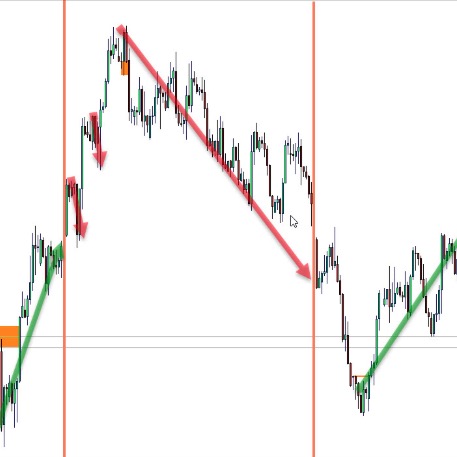Ep. 302: Can You Predict Property Market Recoveries? Property Cycles & Mean Reversion – Is Melbourne A Hidden Opportunity or a Risky Bet?
1.05 – Cate opens the show and poses the question; do property prices revert to their long term trend over time?
6.00 – When mean reversion works, and when it doesn’t.
11.22 – Melbourne’s growth gap: an opportunity or a red flag?
21.08 – Mike’s magical Melbourne suburb is revealed, but how reliable is the data?
24.04 – Dave discusses the macro level insights of Mike’s data and the potential implication for the locations selected.
26.45 – Sneak peek into next week’s episode: Exposing the truth about property spruikers and how buyers can spot red flags
In this episode of the Property Trio, Dave, Cate and Mike delve into the concept of mean reversion in property investment, particularly focusing on the Melbourne market.
If a market experiences a prolonged flat or declining period, should it eventually revert to its historical trajectory?
Dave explains the theory of mean reversion, and its implications for property prices.
“One month of data does not indicate a trend” as Dave correctly states.
The Trio look at some examples where mean reversion has actually played out in property markets.
Dave circles in on Sydney’s property market pre and post 2000 as a textbook example of a city that exhibited mean reversion. Despite a challenging (and long) period of stagnation, Sydney did bounce back and ‘resumed’ it’s historical trajectory.
Mike cites the Perth market, and specifically, the cooling of this city’s capital growth sprint following the mining industry boom. Did Perth demonstrate that the mean reversion theory didn’t work? And as Mike ponders, how long does it take for mean reversion to kick in?
Mike shares some data on specific suburbs in Melbourne that exhibit significant growth gaps and they consider the reliability of this analysis for selecting performing markets. Mike highlighted the local government areas that have demonstrated significant growth gaps, but how much can investors rely on data alone? Cate applies her local knowledge and offers some explanations for some of Mike’s data findings. And Dave considers the growth gap and the dollar value shortfall for each of the picks in Mike’s list.
“Data is a tool. It has strengths and limitations.”
Why haven’t some of the bluechip suburbs reverted to the mean? The conversation highlights both successful and cautionary examples of mean reversion, providing insights for investors on potential opportunities and risks in the current market. The Trio discuss the implications of market predictions, the significance of blue chip locations, and the impact of government policies on property prices. The conversation also highlights the importance of understanding economic indicators and the need for investors to be selective in their strategies.
The Trio emphasise that while mean reversion is a powerful concept, it is not guaranteed, and investors should seek local expertise to navigate the complexities of the market.
Resources:
Email us for a copy of Mike’s report!
Mean Reversion in Property Investing: Is Melbourne Poised for a Comeback?
Related episodes:
Ep. 39 Why Sydney and Melbourne outperform
Ep. 52 Dissecting 10 years of Core Logic data – capital cities & regional areas
Ep. 251 Rental Revolution Revealed – Unit Rents Gain Ground on Houses, a Temporary Surge or Lasting Trend?
Ep. 286 Is Investing in Property Still Worth It? Navigating the Shifting Property Landscape
Upcoming episode – Ep. 303 – Avoiding Property Investment Traps – Off-the-Plan Risks, Market Timing & Spotting Property Spruikers


